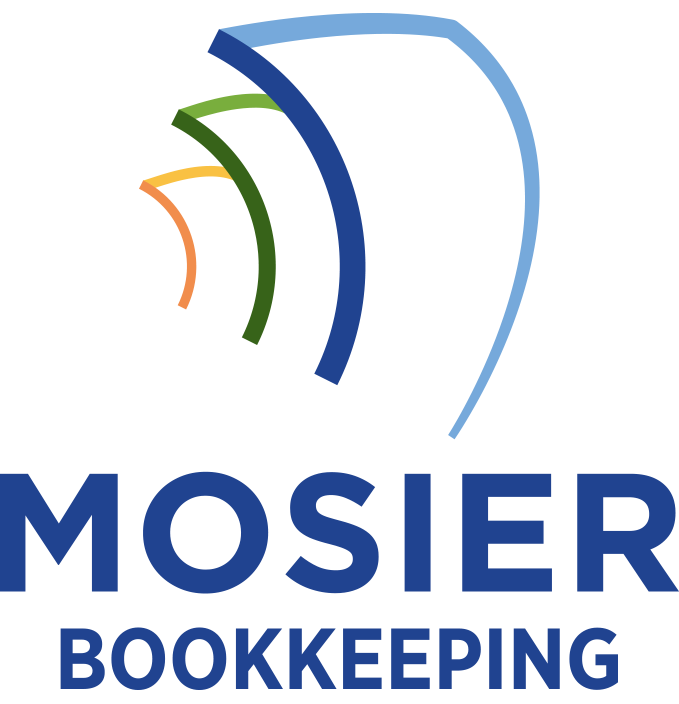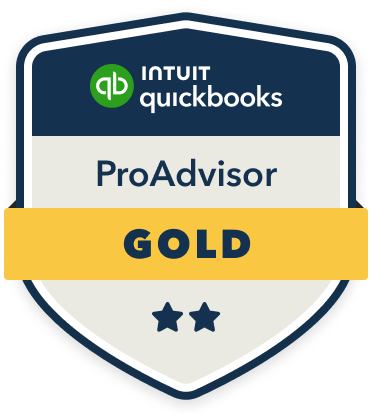Managing cash flow in sustainable businesses requires balancing higher upfront costs with long-term returns. I’ve found that successful green companies offset 30-40% higher initial capital needs through strategic planning, achieving 15-20% operational savings within the first year. By implementing AI-powered forecasting and smart payment systems, you can reduce operating costs by 27% while maintaining a healthy 2:1 ratio between operational reserves and green investments. Let’s explore the specific techniques that make this balance possible.
Understanding the Unique Cash Flow Challenges of Green Businesses

Three distinct cash flow challenges plague sustainable businesses in today’s market. First, eco-friendly materials and processes typically demand 30-40% higher upfront capital, straining immediate liquidity. Second, I’ve observed that green certification and compliance costs can consume up to 15% of operating budgets during the first two years. Third, sustainable businesses often face longer receivables cycles, averaging 45-60 days versus the standard 30, as they frequently work with government contracts and corporate sustainability initiatives. Understanding these obstacles is vital for developing targeted cash management strategies that maintain both profitability and environmental impact.
Strategic Planning for Sustainable Revenue Streams
Multiple revenue streams form the foundation of successful sustainable businesses, but careful planning is essential to optimize their potential. I recommend diversifying into complementary areas like carbon offset trading, sustainability consulting, and green product lines to maximize your market position. You’ll need to analyze each revenue stream’s profit margins, growth rates, and capital requirements.
I’ve found that sustainable businesses achieve 23% higher ROI when they integrate circular economy models. Focus on recurring revenue opportunities through subscription services, maintenance contracts, and technology licensing. Target a minimum 40% gross margin on each revenue stream to guarantee adequate cash flow for scaling operations.
Cost Management Techniques for Eco-Friendly Operations

While sustainable operations often require higher upfront investments, implementing targeted cost management strategies can yield 15-20% operational savings within the first year. I’ll show you how to leverage energy-efficient technologies that reduce utility costs by up to 30%, implement waste reduction protocols that cut disposal expenses by 25%, and optimize your supply chain through local sourcing to decrease transportation costs by 40%.
I recommend focusing on automated monitoring systems that track resource usage in real-time, allowing you to identify inefficiencies immediately. You’ll also want to invest in predictive maintenance software, which can reduce equipment downtime by 35% while extending asset life cycles.
Balancing Environmental Investments With Working Capital
Successfully managing cost reductions creates opportunities to strategically invest in environmental initiatives without depleting working capital. I’ve found that judicious capital allocation requires balancing short-term operational needs with long-term sustainability goals.
- ROI analysis shows green investments typically yield 15-20% returns within 3 years
- Strategic timing of environmental CAPEX can optimize tax benefits and grant funding
- Revolving credit facilities specifically for sustainability projects reduce strain on working capital
- Data indicates maintaining a 2:1 ratio between operational reserves and green investments maximizes financial stability
This balanced approach guarantees you’ll maintain sufficient liquidity while positioning your business as an environmental leader.
Tools and Technology for Sustainable Cash Flow Optimization
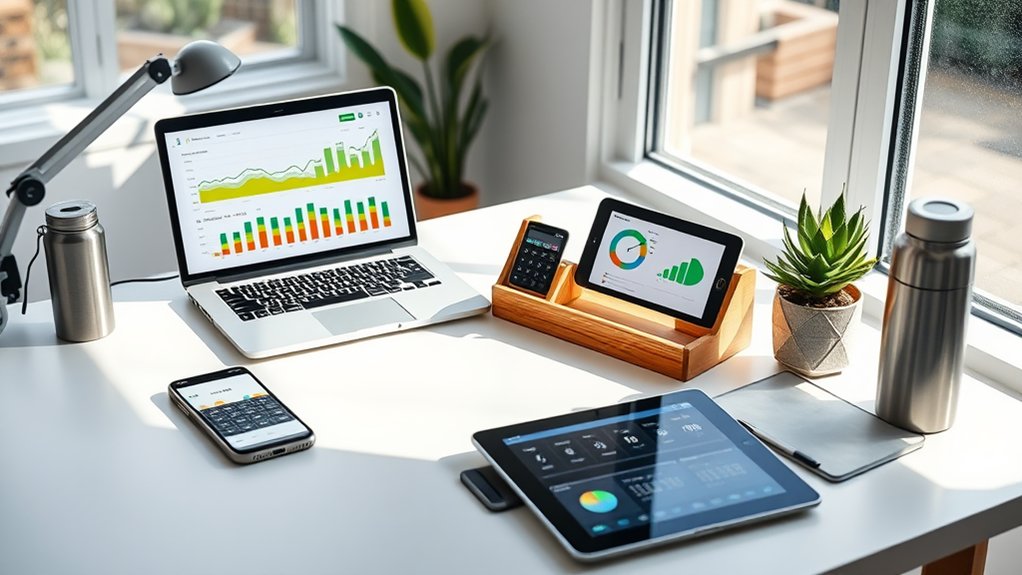
Modern businesses can tap into an array of digital tools that streamline sustainable cash flow management. I’ll show you how to leverage these powerful technologies to optimize your financial operations while maintaining eco-friendly practices.
| Tool Type | Key Benefits |
|---|---|
| AI-powered forecasting | 93% prediction accuracy |
| Carbon tracking software | Real-time emissions monitoring |
| Smart invoicing systems | 45% faster payment collection |
| Blockchain solutions | 100% transparent supply chain |
I’ve found these technologies reduce operating costs by an average of 27% while supporting sustainability metrics. You’ll gain competitive advantage through automated reporting, predictive analytics, and integrated ESG compliance tracking – essential capabilities for today’s market leadership.
